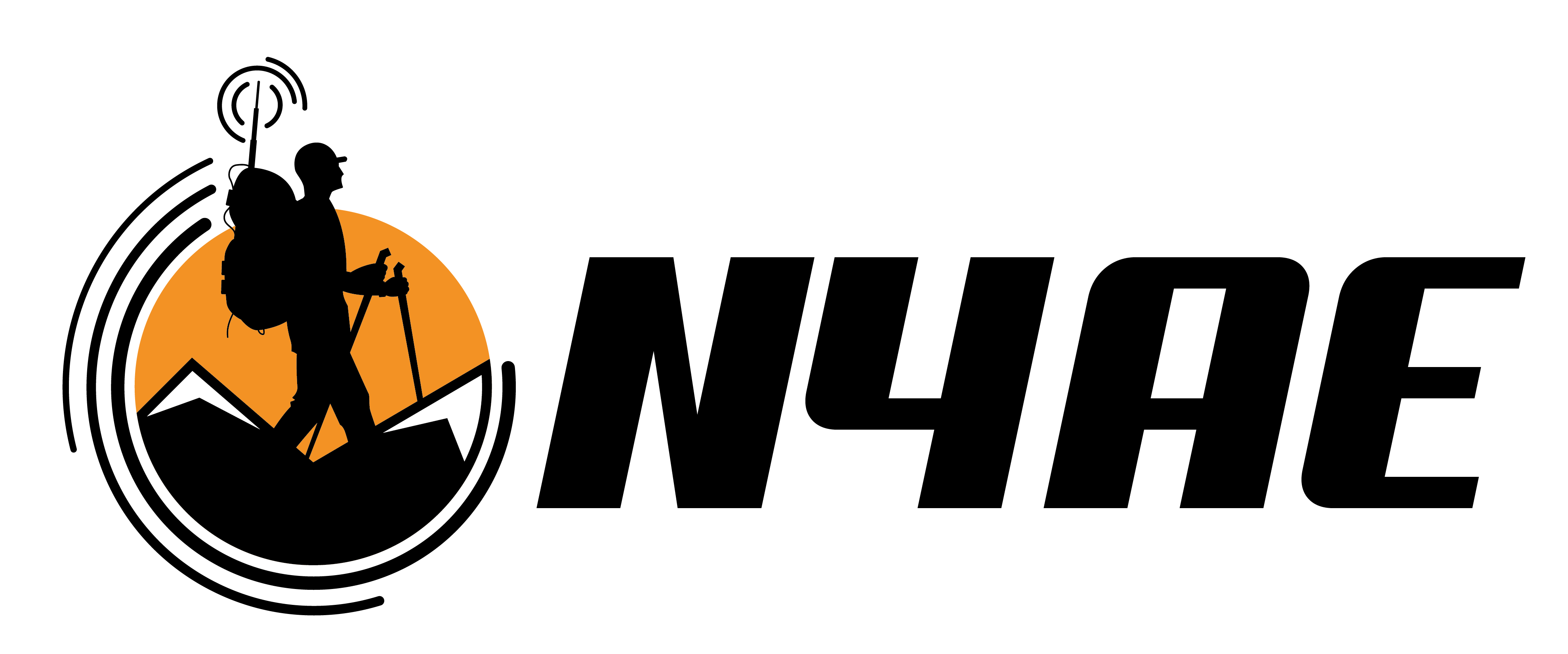How to Improve Disaster Relief with Video Remote Interpreting
How prepared are emergency responders when they encounter someone with a functional need such as being deaf or mute?
Our local Red Cross recently hosted a workshop specifically to help emergency managers plan for such a situation. About 100 people attended, representing eight of the nine counties in the Southwest Suburban Chapter.
Jessica Mitchel of FEMA Region 5 delivered the keynote speech. During her speech, Jessica introduced us to an amazing use of technology being used throughout the nation: Video Remote Interpreting (VRI).
VRI provides on-demand remote sign language interpreting in order to facilitate communication between individuals who are in the same location. In a disaster, response teams can use VRI on an table device in order to communicate with someone using American Sign Language (ASL)
Rather than training dozens of employees or volunteers in ASL, VRI provide a number of benefits.
- Quick, 24-hour access to sign language interpreters
- Immediate and Effective Communication during an Emergency
- Certified Interpreters
In a disaster, the service may suffer from the lack of a reliable Internet connection. Communication could be difficult in a noisy or hectic situation as well, but the cost benefits outweigh the expense you have in securing one of the many companies that provide VRI services.
Crossposted on LinkedIn.



















